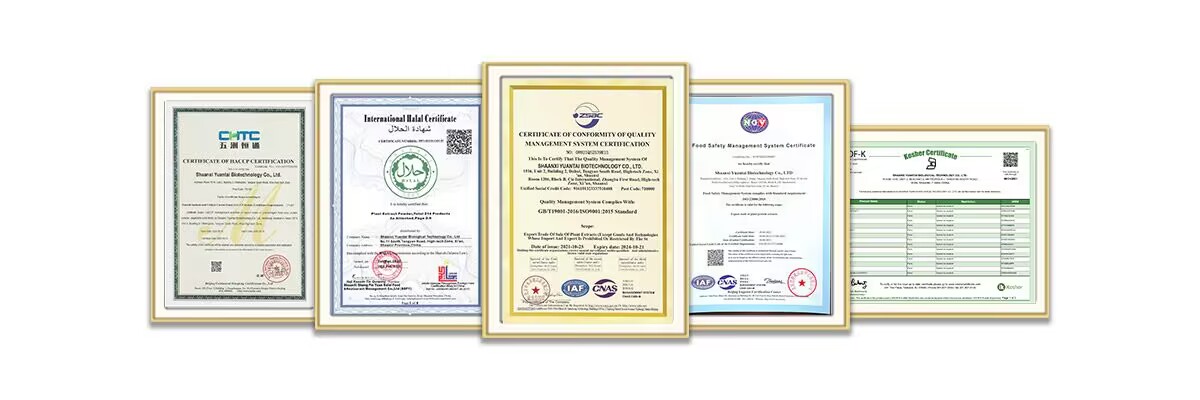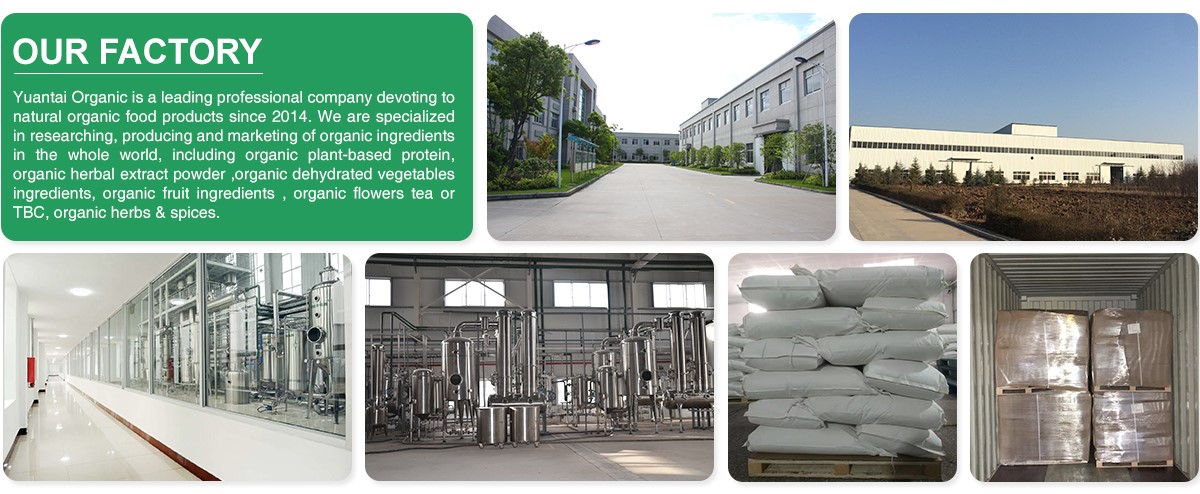Deoxycholic acid
EINECS: 201-478-5
Chemical formula: C24H40O4
Molecular weight: 392.58
Boiling point: 437.26°C (rough estimate)
Melting point: 171-174 °C (lit.)
Flash point: 9℃
Certification: EU&NOP organic certificate, ISO9001, ISO22000, Kosher, Halal, HACCP
Delivery speed: 1-3 days
Stock: In stock
Payment method: T/T, VISA, XTransfer, Alipay...
Transportation: DHL.FedEx, TNT, EMS, SF, sea freight, air freight
- Fast Delievery
- Quality Assurance
- 24/7 Customer Service
Product Introduction
What is deoxycholic acid?
Deoxycholic acid is a bile acid lacking a hydroxyl group on C-7. It is a free bile acid derived from bile acid losing an oxygen atom. It mainly exists in the form of taurine and glycine in bile. Biochemical research; bacteriological and enzymatic research; lipase accelerator; anion remover, used for protein dissolution Secondary bile acids produced by intestinal flora metabolism. The two main components of primary bile acids secreted by the liver are cholic acid and chenodeoxycholic acid. Bacteria metabolize chenodeoxycholic acid into secondary products lithocholic acid, and metabolize cholic acid into deoxycholic acid, which is white to off-white crystals and soluble in ethanol and acetic acid.
Biological activity:
1. Bile acid substances
As a bile acid substance, it plays an important role in the digestive process. It can help digest and absorb lipids, and promote the metabolism and excretion of cholesterol. In addition, it is involved in the normal function of the gastrointestinal tract and helps maintain intestinal health.
2. Lower cholesterol
By regulating cholesterol metabolism, it can reduce blood cholesterol levels and reduce the risk of cardiovascular disease. Studies have shown that its intake can promote the excretion of cholesterol, thereby effectively reducing cholesterol accumulation.
3. Anti-inflammatory effect
It has a certain anti-inflammatory effect, which can reduce inflammatory response and tissue damage. It can inhibit the production of inflammatory cytokines, regulate the function of the immune system, and weaken the activity of inflammatory signaling pathways. Studies have found that it has potential therapeutic effects in the treatment of diseases such as inflammatory bowel disease and rheumatoid arthritis.
4. Antioxidant effect
It is believed to have a certain antioxidant effect, which can help remove free radicals and harmful substances and reduce the damage of oxidative stress to cells. Antioxidant effect helps slow down the aging process and reduce the risk of chronic diseases.
Mechanism of action:
The effect in the body is mainly related to its chemical structure.

Its chemical structure contains a unique hydroxyl group, which can form a relatively stable alkyl salt with fatty acids and convert it into free fatty acids through metabolism in the body. These free fatty acids can be taken up by human liver cells, allowing liver cells to generate more cell membranes, enzymes, hormones, etc. necessary for life activities, ensuring the normal physiological function of the human body. In addition, it can also promote the hepatobiliary circulation and the secretion of bile. This is because one of the differences between it and other bile acids is that after its secretion, it can enter the intestine with bile and then be absorbed back into the liver, which forms a hepatobiliary circulation.
Medical application:
1. Treatment of biliary diseases
It plays an important role in the treatment of biliary diseases. It can promote the secretion and excretion of bile, prevent the formation of stones, and improve the patency of the bile duct. It can also be used to treat biliary system diseases such as biliary hepatopathy and bile duct stones. It can regulate cholesterol metabolism and excretion. First, by inhibiting the activity of cholesterol-producing enzymes in hepatocytes, it reduces the cholesterol level in the blood, thereby playing a role in lowering blood lipids. Secondly, it can promote the excretion of cholesterol and reduce the risk of cholesterol accumulation in the liver. This promotion effect is mainly achieved by increasing the oxidative metabolism of cholesterol and the synthesis of bile acids.
2. Prevention and treatment of fatty liver
Fatty liver is a common metabolic disease, and this product has potential application prospects in the treatment of fatty liver. Studies have found that it can promote the oxidative metabolism of fatty acids, reduce the deposition of fat in the liver, and thus improve the pathological process of fatty liver.
3. Treatment of intestinal diseases
It also has a certain effect on the treatment of intestinal diseases. It can reduce inflammatory reactions, repair intestinal mucosa, and improve the balance of intestinal flora. Therefore, it is widely used in the treatment of intestinal diseases such as inflammatory bowel disease and gastric ulcer. It can stimulate the secretion of bile and the dissolution of cholesterol, which helps digest fat. It can also promote gastrointestinal motility, improve gastrointestinal motility, and reduce the occurrence of constipation and other gastrointestinal problems. In addition, it can also relieve the symptoms of gastritis and gastric ulcers by inhibiting gastric acid secretion and increasing gastric mucosal mucus secretion, and has the effect of protecting the gastric mucosa.
4. Intervention of metabolic diseases
It is considered to be a potential metabolic regulator that can intervene in the occurrence and development of a variety of metabolic diseases. For example, it can promote cholesterol metabolism and lower blood lipid levels; it can also improve insulin resistance and prevent the occurrence of diabetes. Therefore, it has potential application value in the treatment of metabolic diseases.
5. Other physiological functions
Studies have found that it can resist oxidation, reduce free radical damage to cells, and has a certain anti-aging effect. In addition, it can also regulate the function of the immune system and have a protective effect on organs such as the liver and bile duct.
Effect on the skin
Deoxycholic acid is a free bile acid present in bile. It has strong surface activity, can destroy and dissolve cell membranes, and reduce the dissolution of local subcutaneous fat in a small area. In clinical trials, it was effective in eliminating submental fat and improving overall appearance compared to placebo. As a revolutionary product in the beauty industry, it will provide a high-quality non-surgical treatment option for people with "double chins". Most patients can achieve satisfactory results after 2-4 injections. It can treat and improve the bulge or fullness of moderate to severe submental fat (double chin) in adults.
Deoxycholic acid and its salts are surface active and are safe and effective emulsifiers in cosmetics and pharmaceuticals. They have antifungal and anti-inflammatory effects and can be used to treat root diseases. In dermatological surgery, it can be used to treat sebaceous gland hypersecretion. When used in products such as perfume powder, it can remove excess sebum and sweat stains without making the skin feel dry.
Certificates
YTBIO is developing in an all-round way. We have our own factory, quality inspection and R&D team. We are committed to providing customers with the best quality Deoxycholic acid and services. It is our original intention to let every consumer enjoy high-quality and healthy products. If you have any needs or questions about our products, please feel free to contact us and we will reply you as soon as possible.

Packaging and Shipping


Our Company and Factory

_1737093401309.png)

